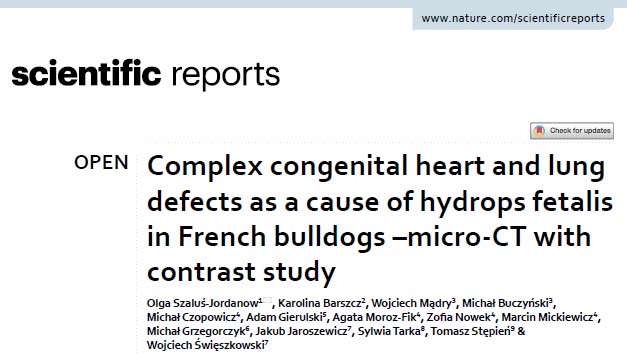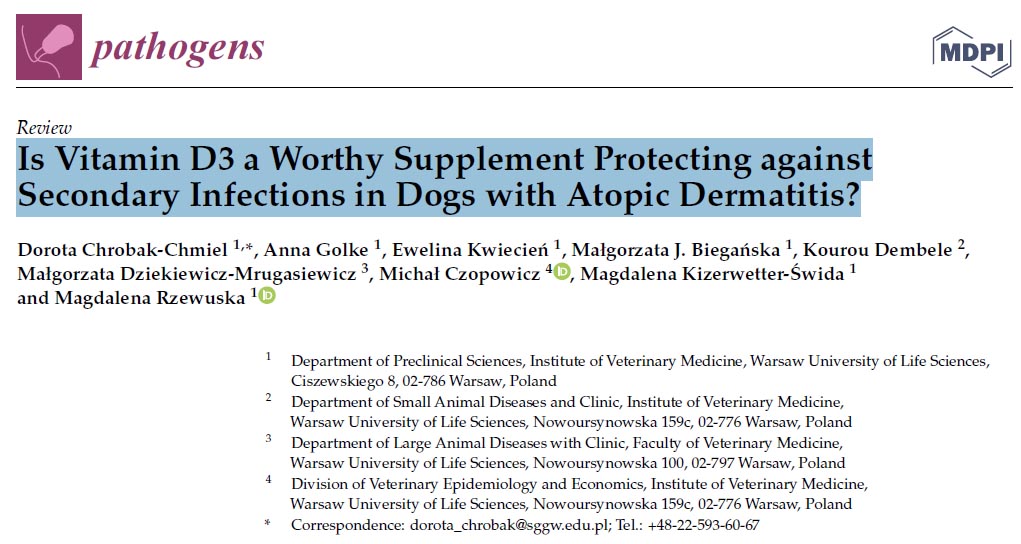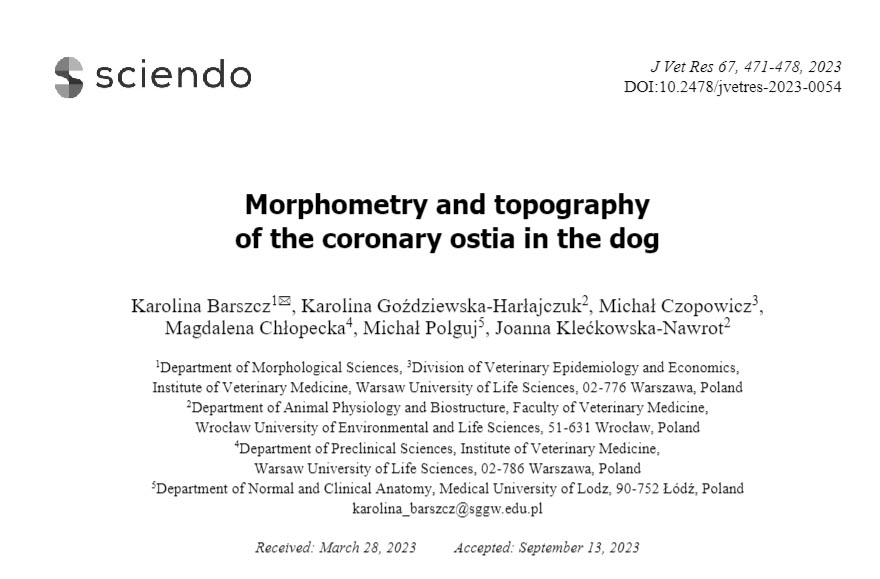27 lutego, 2025

Complex congenital heart and lung defects as a cause of hydrops fetalis in French bulldogs –micro-CT with contrast study
IF= 3,8; MEiN=140; Scientific Reports volume 15, Article number: 4151 (2025) https://doi.org/10.1038/s41598-025-88495-2








